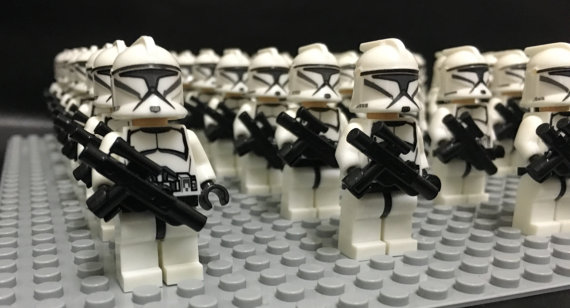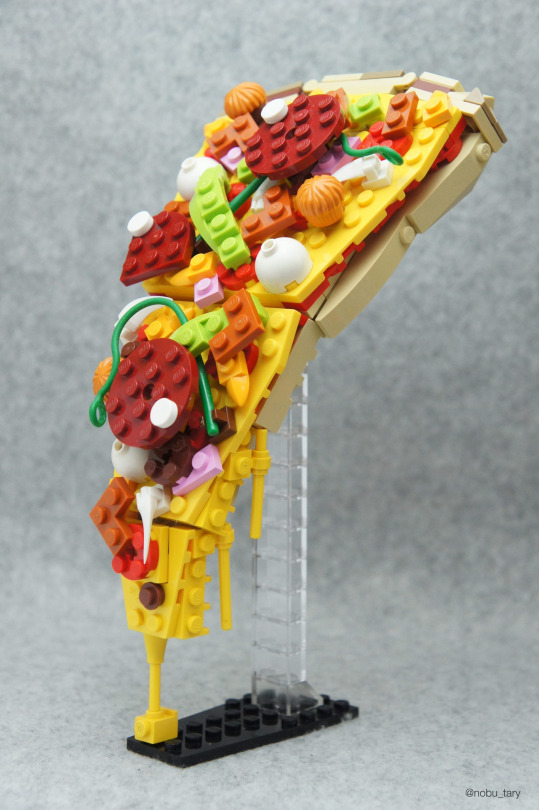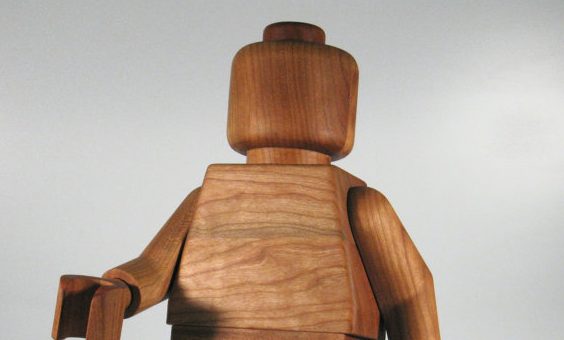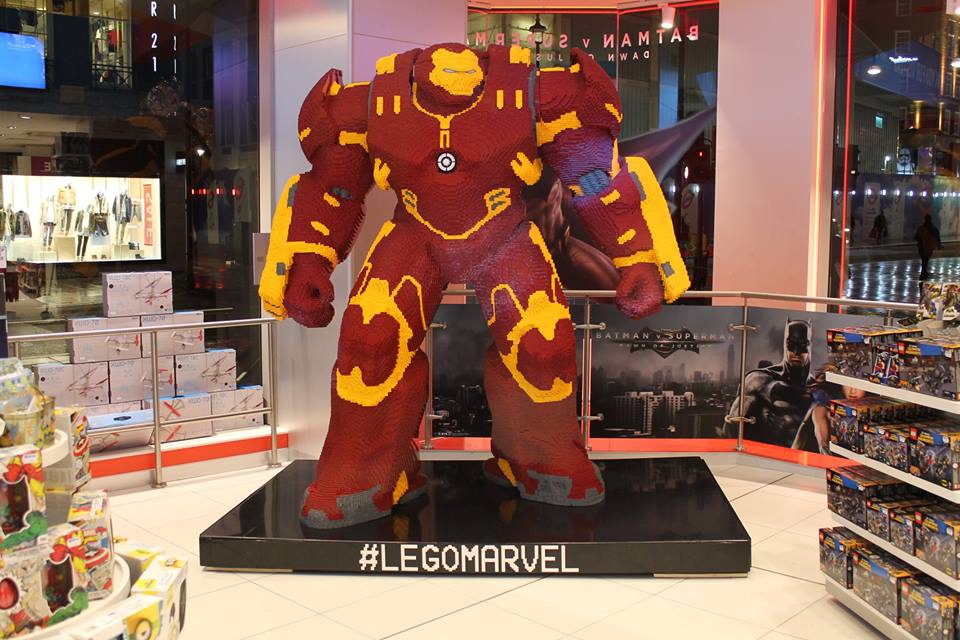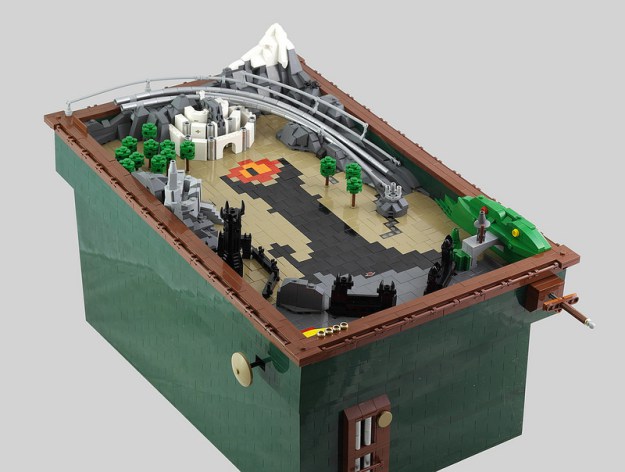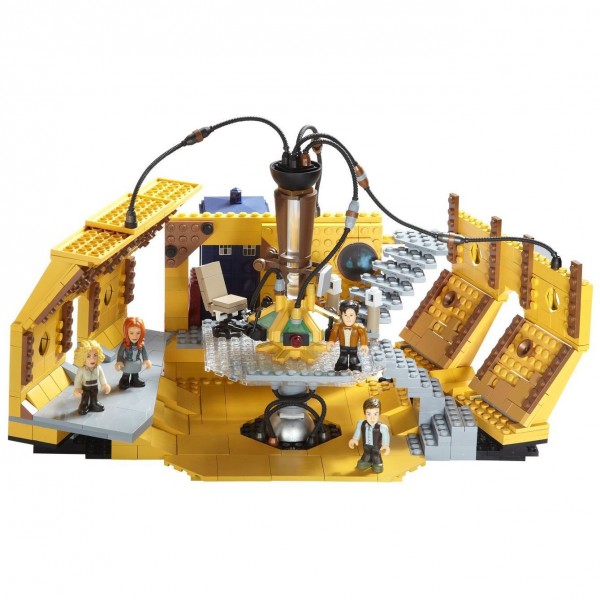What better way to exhibit your geeky side than turning an entire corner of a room into a Mini LEGO Land? This is certainly a better way to build Lego things than laying the bricks on a plane surface.
The following project, which has been featured recently on Total Geekdom might represent a real threat to interior design companies, who are in a real danger of going bankrupt when faced with geeks such as this LEGO-maniac.
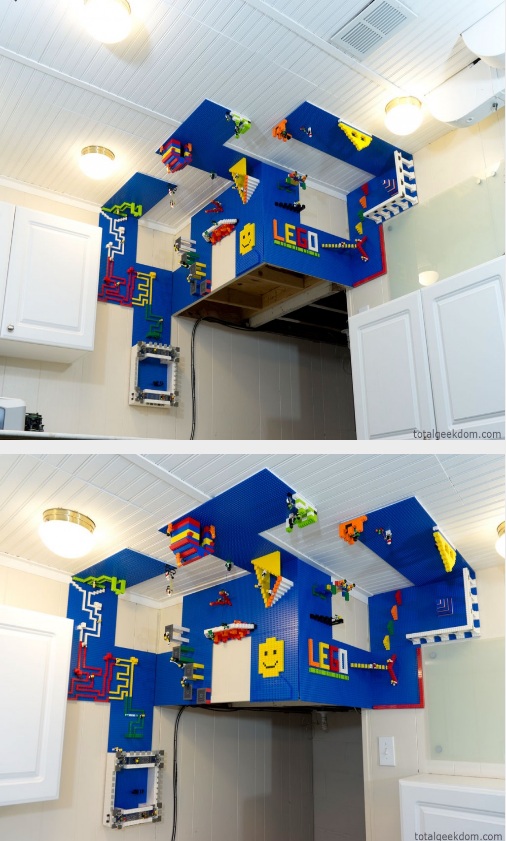
It all started from the creator’s desire to keep the LEGO structures intact after a building session, as disassembling them can be quite frustrating at times. When using LEGO bricks on a table or on the floor, it is often necessary to clean up the area in order to use it for another purpose. In this context, walls and ceilings seemed to be the perfect surface for building, as the structures do not incommode anyone there.
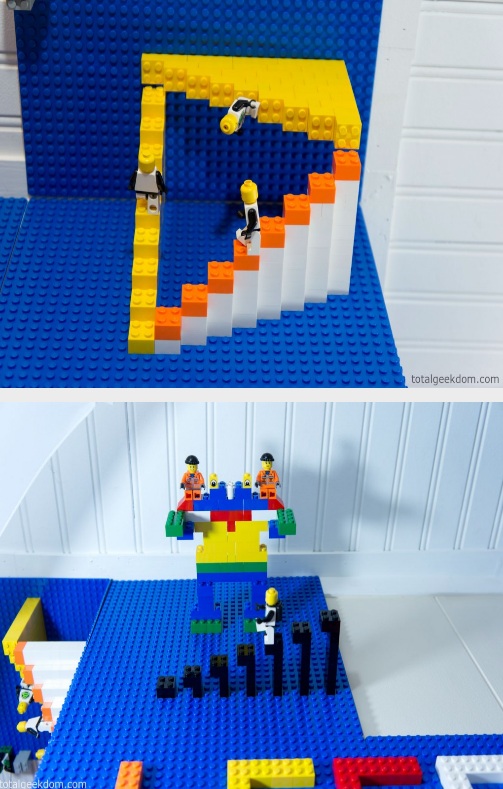
The MDF boards to which the LEGO plates are attached were secured with short drywall screws. Next, the LEGO plates were put in place with an adhesive called Liquid Nails, which seems to do a great job. These plates come in two dimensions: 10″ x 10″ and 15″ x 15″, and the former are available in two color options: green and blue. To make the project cost effective, the creator decided to go for the smaller plates. As far as the color is concerned, he picked blue, as seen in the pictures. I must admit that this color offers a very pleasant background that contrasts nicely with the LEGO structures. Green plates would not have been so effective, from this point of view.
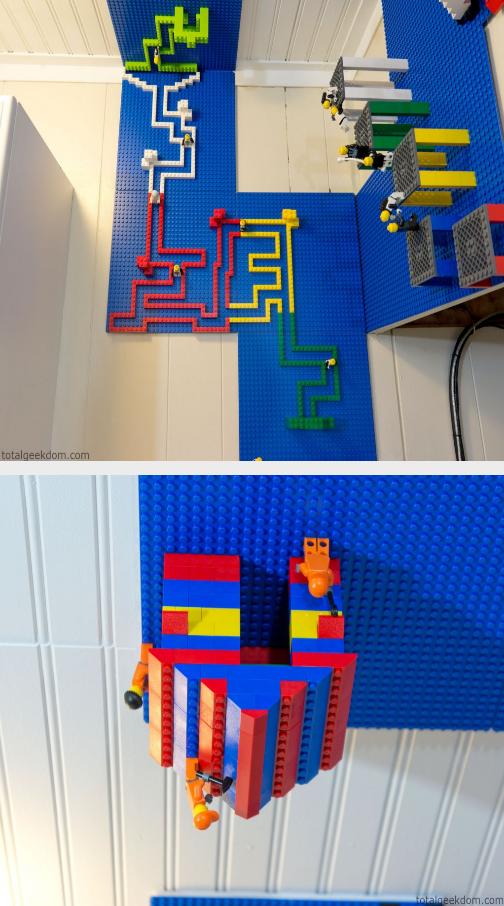
Out of the LEGO structures that the creator built, the stairs seen in one of the above images are the most interesting, since they reminded me of Escher’s Ascending and Descending. The others are interesting, too, and I have no doubt that the author of the project put a lot of effort into putting everything together. The LEGO corner only took 5 to 6 hours over a couple of days, and there is still a lot of free room for building new things.
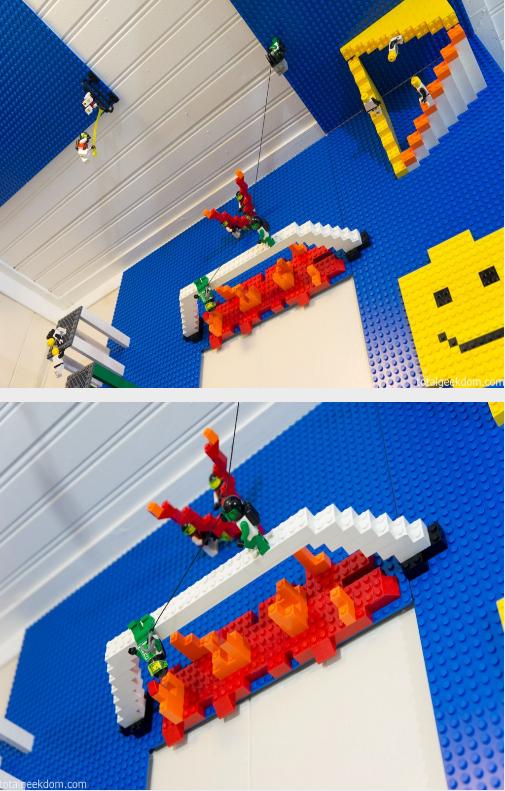
One might think that the entire project cost this LEGO geek quite a large sum of money, but this could not be further from the truth. The 26 LEGO plates were $130 and the 3 MDF boards cost only $15. In addition, he paid $5 for Liquid Nails adhesive. The LEGO gift cards that the author of the project used brought the total down to $20, which is quite impressive for a masterpiece of such magnitude.
If you liked this post, please check the Lego street art from around the world and these LEGO skyscrapers.

